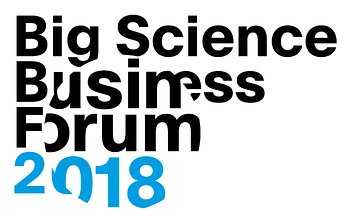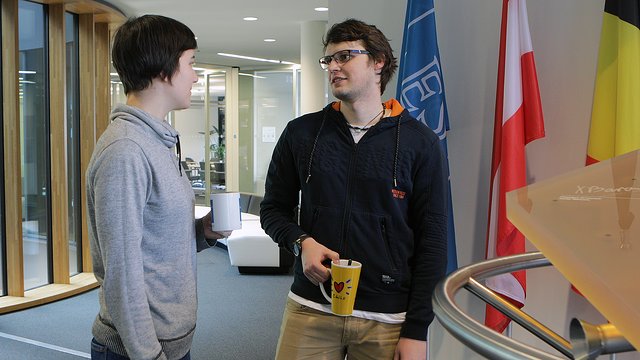A new study has found that the seven planets orbiting the nearby ultra-cool dwarf star TRAPPIST-1 are all made mostly of rock, and some could potentially hold more water than Earth. The planets' densities, now known much more precisely than before, suggest that some of them could have up to 5 percent of their mass in the form of water — about 250 times more than Earth's oceans. The hotter planets closest to their parent star are likely to have dense steamy atmospheres and the more distant ones probably have icy surfaces. In terms of size, density and the amount of radiation it receives from its star, the fourth planet out is the most similar to Earth. It seems to be the rockiest planet of the seven, and has the potential to host liquid water. The release, images and videos are available on:
https://www.eso.org/public/news/eso1805/ Kind regards,
The ESO Education and Public Outreach Department
5 February 2018
 | 2 February 2018: Big Science is a term that encapsulates the way in which scientific progress increasingly relies on large-scale projects, often funded by national governments or groups of governments, leading to increasingly ... | | Read more |  | 2 February 2018: ESO's Studentship programme provides a valuable opportunity for astronomers of the future to gain experience at the most productive ground-based astronomical observatory in the world. PhD students work alongside ... | | Read more |  | 1 February 2018: ESO invites you to take part in AstroCamera 2018 — an international competition in support of popularising astronomy and astrophotography. The competition is organised by the Hewelianum Centre in Gdańsk, Poland ... | | Read more |
 | Interview with: Federico Lelli 2 February 2018: In order to understand some of the weirdest and most wonderful phenomena in the Universe, scientists rely on the Lambda Cold Dark Matter (LCDM) model. This model assumes the existence ... | | Read more | | | | |